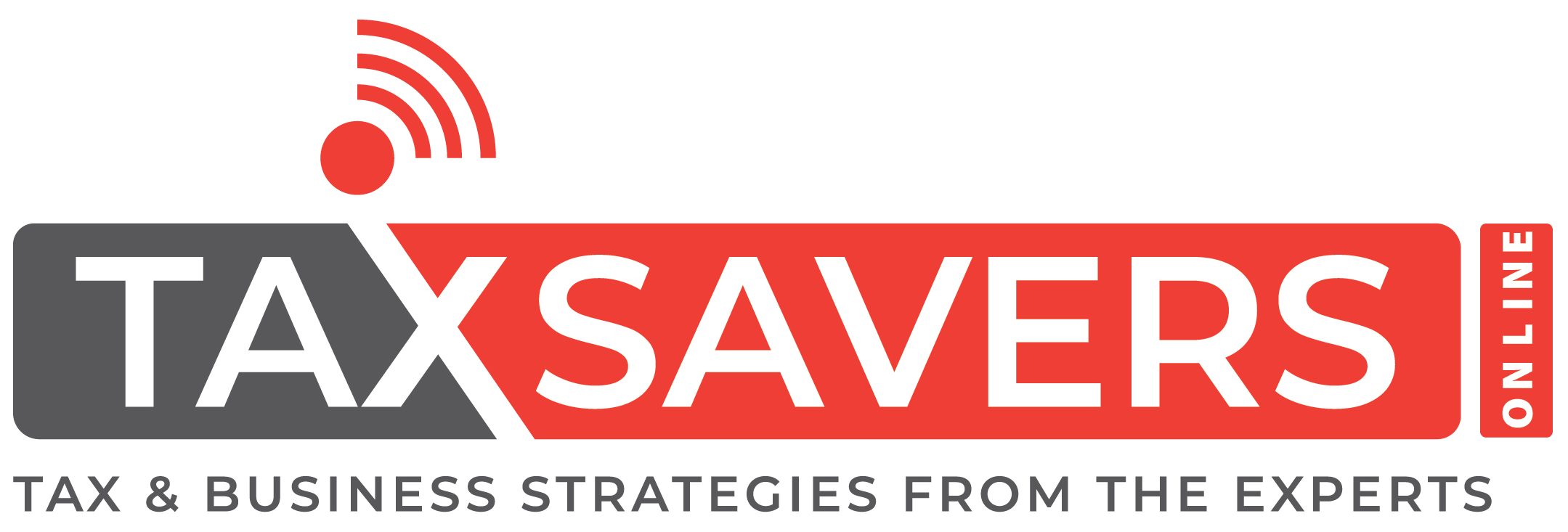There’s a lot to keep track of when it comes to tax season, including terms that you might not understand very well. The Schedule K-1 is one of these forms that comes with a lot of confusing terminology.
Dedicated to assessing the income and losses of a pass-through entity, a Schedule K-1 can be tricky to understand.

Schedule K-1 income is income received from a partnership or corporation that passes tax to beneficiaries.
The income is then taxed in the same bracket as the rest of an individuals’ income. A Schedule K-1 is used to track the losses and earnings of the entity, via the various beneficiaries.
To understand more about this system, what the Schedule K-1 is, and how the income is taxed, take a look at our guide.
Contents
What Is Schedule K-1?
A federal tax form, Schedule K-1 is used by partners and shareholders of selected corporations and trusts to report financial information to the IRS.
The form covers the annual income and losses of the entity, as well as distributions, credits, and deductions.
Schedule K-1 documents need to be filed by partners and shareholders in S corporations and Limited Liability Companies. The Schedule K-1 will track the financial stake of each participant in the organization.
This process moves the income tax liability from the company to the partners and shareholders, and is known as a “pass-through strategy”.
As monitored by the federal tax code, these entities, such as S corporations, won’t have to pay tax on earnings. Instead, the taxes due, along with any payouts, go directly to the stakeholder.
With the Schedule K-1, the federal government can see the losses and gains of these entities, as well as how they are distributed.
Schedule K-1 reporting does vary depending on the entity involved, but the main purpose remains the same.
As the tax liabilities are shifted to the beneficiaries rather than the entity, the Schedule K-1 is used to monitor the dividends.
Who Has To File A Schedule K-1?
Schedule K-1 forms typically need to be filed by owners of pass-through business entities, and those who are beneficiaries of trusts or estates.
Pass-through business entities include S corporations, partnerships, and a Limited Liability Company (LLC) that has chosen to be taxed as a partnership.
Schedule K-1 forms are filed individually, and can be downloaded from the IRS web portal. However, you can expect to receive a Schedule K-1 from whoever will be filing the entity’s Form 1065 (or similar, depending on the business).
It must be filed alongside your personal tax return, or the IRS won’t accept either document,
How Is K-1 Income Taxed?
K-1 income is taxed at the same rate as the rest of your income. So, your K-1 income earnings will be taxed in the same bracket as the rest of your income.
There are some potential ways to reduce the taxable income you receive from pass-through businesses, but it will depend on the entity in question.
The K-1 form can be used to reduce the taxable income. The Tax Cuts and Jobs Act of 2017 allows for a 20% deduction of pass-through income for owners and stakeholders.
This means the total amount of income received from pass-through businesses can be reduced by 20%. Only the remaining 80% will then be taxed.
Schedule K-1 And Partnerships
If a business is operating as a partnership, the individual partners are required to pay taxes on the income of the business. Each partner will report based on their percentage of ownership.
A partner with a 20% share will need to report on 20% of the entity’s profits, losses, and so on. A partner with a 40% share will need to report on 40%.
All partners will need to file a Form 1065 reporting the profits, losses, and more relating to their income from the business. This is then added to the total income reported on Form 1040.

Schedule K-1 And S Corporations
S corporations file Schedule K-1s similar to business partnerships, as they pass the tax liabilities on to the shareholders. S Corporations are required to file Form 1120-S with the IRS, which will detail the losses and gains of the entity.
They are also required to provide each shareholder with a Schedule K-1. As with partnerships, the shareholder’s K-1 will reflect their percentage of ownership in the S Corporation.
The shareholder then must file the K-1 along with their personal tax return.
Schedule K-1 And Trusts And Estates
Some trusts and estates are also required to file a Schedule K-1, in this case Form 1041. Not all trusts and estates operate this way, as some choose to directly pay income tax.
However, some operate as pass-through entities, transferring the income tax to any beneficiaries. The K-1 received by beneficiaries will inform them of their own taxable income, to be added to their returns.
Any income received by a beneficiary is deducted from the trusts or estates 1041, to avoid income being taxed twice.
When Is The Schedule K-1 Distributed?
Typically, the Schedule K-1 is due to be distributed in mid-March. However, the form is rather notorious for being late. It should be issued by the pass-through entity, with your individual income reported for completing your own tax return.
If you don’t think you’ll receive the Schedule K-1 in time to file your personal tax return, you may want to apply for an extension. This will give you the opportunity to get everything in order once your Schedule K-1 has been received.
Final Thoughts
The Schedule K-1 is a federal tax form required by partners and stakeholders in a pass-through entity.
These businesses shift the tax from the company itself to the partners or beneficiaries, who are then required to pay income tax on their set amount.
The Schedule K-1 is taxed in the same bracket as the rest of an individuals’ income tax, although there is a 20% reduction available.
A Schedule K-1 should include detailed information about the income and losses, for accurate reporting on your own tax return.





